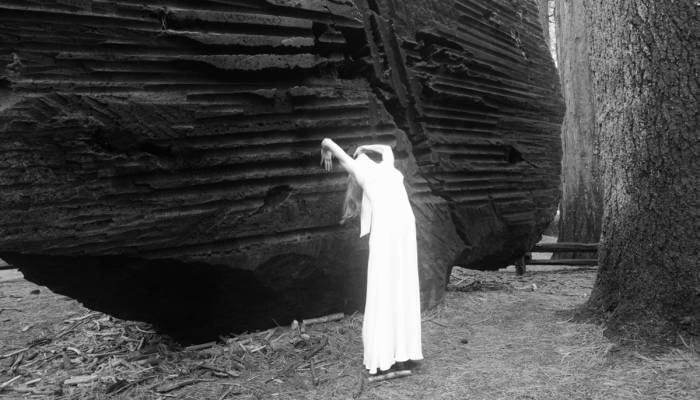7 Tips for Learning to Get Your Ideas Through
The American cognitive-science philosopher Daniel Dennett recommends these to encourage critical thinking, especially during an argument.
Daniel Dennett, the American philosopher whose work is centred on the specialised study of consciousness, religion, will and artificial intelligence, published an extract of his book Intuition Pumps And Other Tools for Thinking in the form of a series of recommendations to practice critical thinking.
1. Use your mistakes: practice a rigorous intellectual honesty. When you make a mistake, take a deep breath and analyse your mistakes dispassionately without compassion. Use and learn from them.
2. Respect your opponent: persuasion makes others pay attention. Show that you understand your opponents’ stand as well as they do, show a wise judgement.
3. The “surely” klaxon: when you use “surely”, you make others become more alert. It is essential that you argue what is necessary to validate that affirmation.
4. Always answer rhetorical questions: this type of resource is based on the idea that the answers are so obvious it would be silly to even consider them. Do it, that way you won’t come off as pretentious, ambiguous or comfortable.
5. Simplify your theories: don’t be extravagant or complicated; simplicity and clarity are valuable for the listener.
6. Get to the point: if you know your argument is not great, don’t use it, and resort to that which is clear.
7. Don’t be ambiguous: an argument that might seem important and true but which might sound ambiguous should be avoided.
Assuming that our listener knows what we mean to say, and thus resort to the use of ambiguities, is no less than disgraceful to critical thinking and communication in general. Dennett underlines the importance of clarity and simplicity, and above all evinces the ridicule that results from snubbing an interlocutor when exposing an argument. After all, critical thinking involves humility and clarity in order to be effective, and it has taken a big part in human evolution. And although simple, his advice can make a significant change in the way we get our ideas through and in the way we construct our thinking.
Related Articles
When ancient rituals became religion
The emergence of religions irreversibly changed the history of humanity. It’s therefore essential to ask when and how did ancient peoples’ rituals become organized systems of thought, each with their
Larung Gar, the valley that is home to thousands of Buddhist monks
If we think about the monastic life it is very probable that we think about solitude, seclusion, silence and a few other qualities whose common denominator is the appropriate isolation for mediation
Dialogue with the Dalai Lama on science and spirituality
The Dalai Lama has been interested in science since he was a child. Over the years he’s visited many laboratories and has attended conferences that discuss consciousness from the scientific point of
A New Year's resolution for the earth
Worrisome quantities of waste are generated by human populations. Especially in cities, these have reached unprecedented and alarming levels. A largely uncontrolled practice, it affects everything on
The Dark Mountain Project: or how literature can confront ecocide
One impulse from a vernal wood May teach you more of man, Of moral evil and of good, Than all the sages can. Wordsworth, “The Tables Turned” (fragment) Words are elementary. The only reason we can
Are there no women in the history of philosophy?
Do only men philosophize? This could sound like a silly question, but if we quickly review the names of philosophers, from Aristotle to Slavoj Žižek, it would appear to be an exercise that is
Things that are about to disappear: photography as environmental conservation
Cristina Mittermeier is the founder of the International League of Conservationist Photography (iLCP), and is at the front of a modern movement to use photography with environmental purposes. Her work
Architecture And Music; An Affair That Acts On The Matter
A composition is like a house you can walk around in. — John Cage Perhaps music, more than the art of sound, is the art of time. That’s why its communion with space, and architecture, is so often so
Psycho-geography (On The Ritual Casting of a City)
Mrs. Dalloway walked down the streets of London guided by an “internal tide” that made her stop somewhere, enter a store, turn at the corner and continue her journey, as if she were adrift. La dérive
A Theme Park Inspired by Hayao Miyazaki is About to Open …
One of animation’s most spectacular exponents, Hayao Miyazaki, is the artist who transformed the direction of traditional animation forever.










